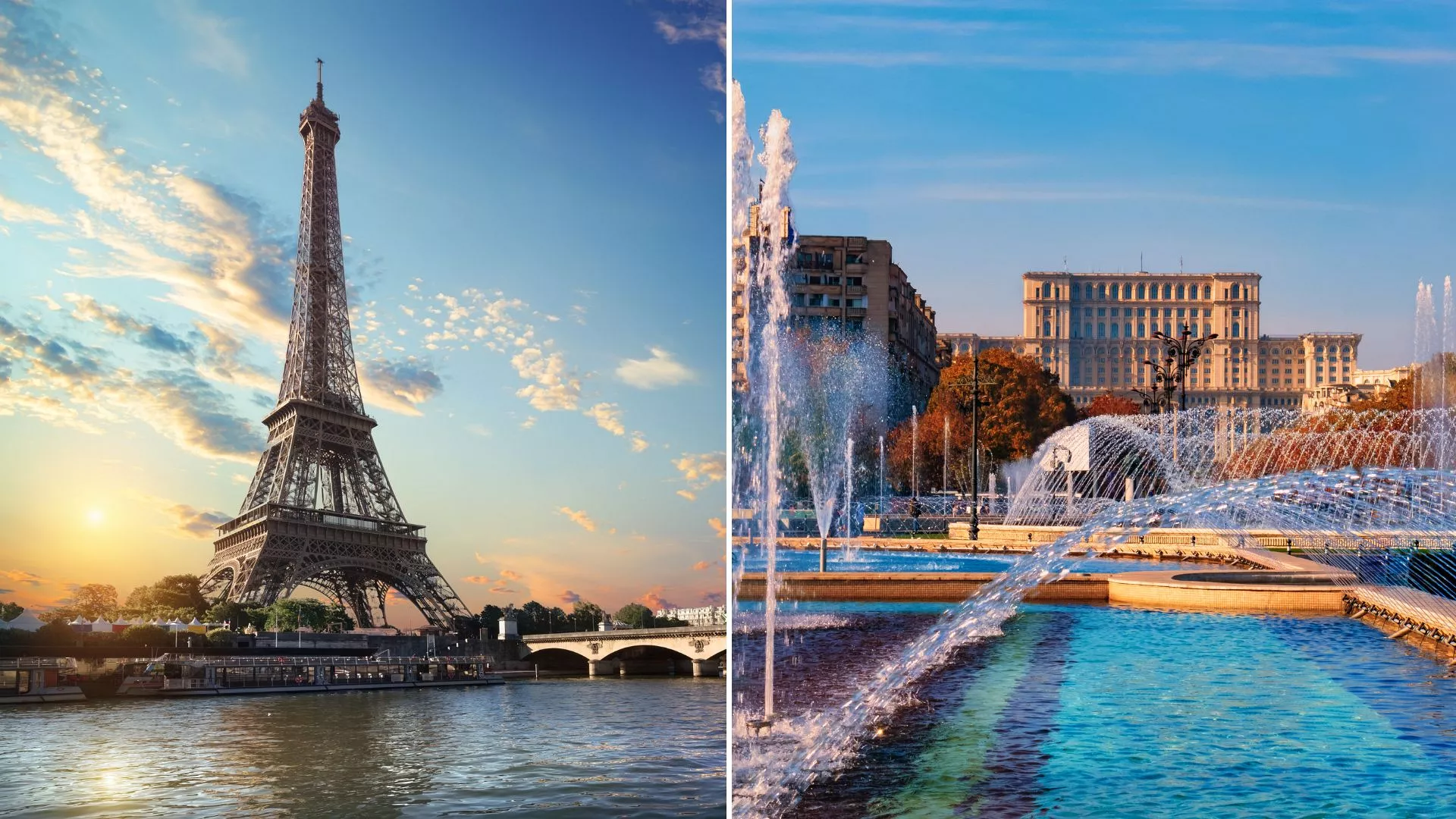Eastern Europe is becoming more popular as tourists choose less well-known, less expensive locations over popular ones. While Bucharest’s vibrant nightlife and imposing Belle Époque structures rival expensive Paris, Vilnius provides a lovely blend of Baroque architecture and vibrant café culture without the crowds of Prague. As alternatives to their more well-known neighbours, Italy and Croatia, destinations like Slovenia and Albania are also enjoying increased tourists.
According to a recent Thrillist survey, 68% of Gen Z respondents now place more importance on finding places where they can discover something new” than on seeing well-known monuments. Destination duping, which is especially common among younger tourists, promotes locations that mass tourism hasn’t significantly changed.
Underappreciated locations finally get their day in the spotlight as curious tourists visit places they may not have previously thought of, as crowded cities like Barcelona and Malaga face increasing criticism.
“What we hear from travellers is crowd fatigue,” says Going Travel App spokesman and travel expert Katy Nastro. “Travellers are searching for a more meaningful way to travel, frequently visiting scammers they discovered on social media.
While some tourists seek for close touristic locations in quest of novelty, others travel farther in pursuit of unusual and distinctive experiences. Not only are tourists switching between Mediterranean destinations, but some are also selecting different settings, says Nastro.
Also Read:
Key Trends Developing in Global Equity Markets
Trade Tariffs and the Competitiveness Gap are Identified by the ECB as Growth Threats

